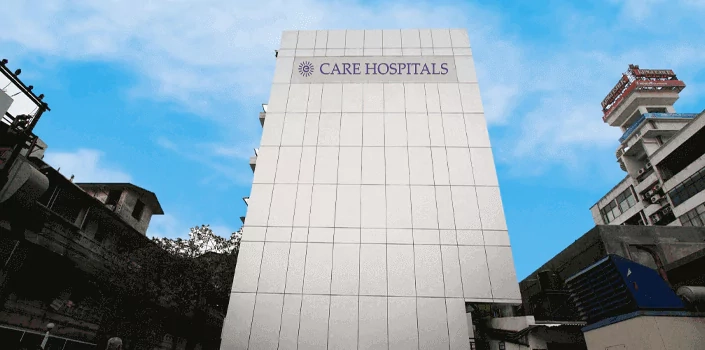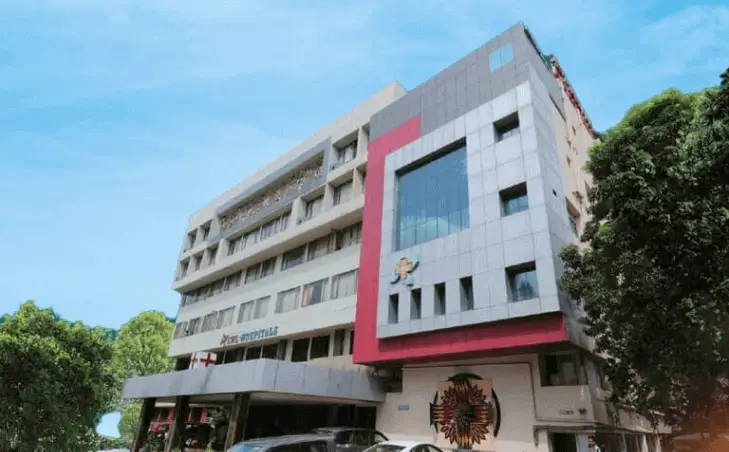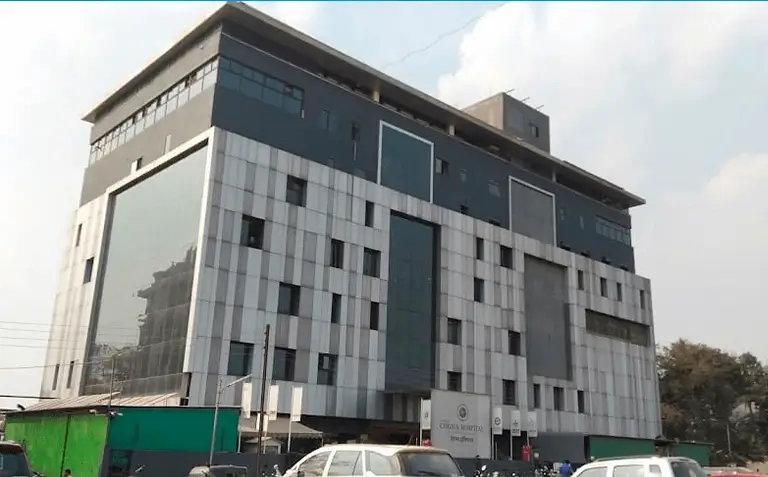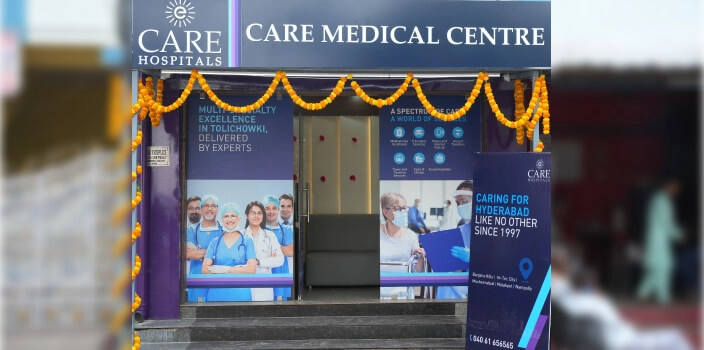-
Doctors
-
Specialities & Treatments
Centre of Excellence
Specialties
Treatments and Procedures
Hospitals & Directions HyderabadCARE Hospitals, Banjara Hills CARE Outpatient Centre, Banjara Hills CARE Hospitals, HITEC City CARE Hospitals, Nampally Gurunanak CARE Hospitals, Musheerabad CARE Hospitals Outpatient Centre, HITEC City CARE Hospitals, Malakpet
HyderabadCARE Hospitals, Banjara Hills CARE Outpatient Centre, Banjara Hills CARE Hospitals, HITEC City CARE Hospitals, Nampally Gurunanak CARE Hospitals, Musheerabad CARE Hospitals Outpatient Centre, HITEC City CARE Hospitals, Malakpet Raipur
Raipur
 Bhubaneswar
Bhubaneswar Visakhapatnam
Visakhapatnam
 Nagpur
Nagpur
 Indore
Indore
 Chh. Sambhajinagar
Chh. SambhajinagarClinics & Medical Centers
Book an AppointmentContact Us
Online Lab Reports
Book an Appointment
Consult Super-Specialist Doctors at CARE Hospitals

Best Hospitals for Tubectomy Surgery in Hyderabad
- Advanced Technology
- Shorter Hospital Stay
- Pre & Post-Operative Care
- All Insurance Accepted

Chat With Our Experts
Get second opinion on Whatsapp
25 lakhs+
Happy Patients
Experienced and
skilled surgeons
17
Health Care Facilities
Top most Referral Centre
for Complex Surgeries
Advanced Tubectomy Surgery
Doctors often recommend tubectomy as one of the most reliable ways to avoid pregnancy. It prevents pregnancy 99% of the time. This surgery works by closing off the fallopian tubes so eggs can’t reach the uterus. In this article, you will learn about tubectomy operations. It covers everything from how the procedure works and what you need to prepare to recovery and possible risks. We also look into why CARE Hospitals is a leading option for tubectomy surgery in Hyderabad.
Why Choose CARE Hospitals for Tubectomy Surgery in Hyderabad
CARE Hospitals provides expert medical care along with top-notch facilities to perform tubectomy surgeries in Hyderabad. Their experienced team of obstetricians is always available to give immediate assistance when needed.
The gynaecology department shines by working as a team. It brings together the expertise of gynaecologists, anesthesiologists and counsellors to offer care. The hospital's advanced operating rooms use the latest invasive tools and techniques.
CARE Hospitals focuses on patients above all else. They provide every patient with:
- A custom pre-op evaluation
- Specific care plans after surgery
- Ongoing emotional support through the process
- Consistent check-ups while healing
Best Tubectomy Surgery Doctors in India


Cutting-edge Surgical Innovations at CARE Hospital
CARE Hospital leads in surgical advancements by providing both laparoscopic sterilisation and minilaparotomy methods. These methods offer reliable choices to achieve permanent contraception. Expert gynaecologists at the hospital carry out these procedures and maintain very low rates of major issues or failures.
Many women now prefer laparoscopic sterilisation. This method uses smaller cuts and helps patients spend less time in the hospital. The surgeons rely on advanced laparoscopic tools, including special electrosurgical devices that cut and cauterise tissues.
The surgical team at CARE Hospital follows strict steps to remove the fallopian tubes.
- Remove all attachment points completely
- Cut the proximal isthmus
- Handle the mesosalpinx with precision
- Manage the tubo-ovarian ligament thoroughly
Criteria to Assess Tubectomy Suitability
Doctors must evaluate medical eligibility to decide if a woman is suitable to undergo tubectomy. This process involves reviewing key factors before moving ahead with the procedure.
- Tubectomy candidates need to meet specific criteria, with age and marital status being the main factors. Women must fall between 22 and 49 years old. While it was once for married women, newer practices now respect unmarried women's choice to undergo this permanent contraception.
- Having children often plays a big role in determining eligibility. In most cases, couples are expected to have at least one child older than a year unless medical reasons make the procedure necessary. Some medical centres also support child-free women in choosing tubectomy if they first receive detailed guidance on other contraception options.
- Mental readiness holds significant importance for women undergoing tubectomy. Patients need to understand the permanent effects of this surgery, which requires a stable mental state.
- Certain medical conditions demand extra care:
- Surgeries in the abdominal or pelvic area
- Previous appendix rupture
- Endometriosis
- Being overweight
- Having diabetes
Methods of Tubectomy Surgery
Advances in surgery today offer various ways to perform tubectomy, all designed to fit the patient’s unique needs.
Among all the surgical methods, laparoscopic tubectomy is the most popular. This technique uses small cuts in the abdomen and a thin tool with a light attached to it. The doctor closes off or blocks the fallopian tubes while watching the operation on a monitor, which helps ensure careful work.
Minilaparotomy provides another option and needs a bigger cut in the lower belly. Although not as widely used as laparoscopic techniques, it has specific benefits in some situations. It is helpful when women have the procedure soon after giving birth.
Pre-surgery Preparation
Good preparation is key before going ahead with tubectomy surgery. This permanent sterilisation surgery requires careful thought because reversing it is tough and often not successful.
Before surgery, it is important to share the following details with the surgeon:
- List all medicines you take, including herbal ones.
- Share past experiences with anaesthesia if you had bad reactions to it.
- Discuss if you smoke
- Mention any health issues you have.
The evening before surgery involves a few key steps:
- Don’t eat or drink anything after midnight.
- Take the medicine your doctor says is okay, using a tiny amount of water.
- Choose loose and comfy clothes to wear.
Tubectomy Surgery Process
The tubectomy procedure starts once the patient receives general anaesthesia or sedation with local anaesthesia. After reaching the desired anaesthesia level, the surgical team adjusts the patient's position for the operation.
The surgeon then blocks the fallopian tubes using one of several available methods.
- Bipolar Coagulation: Electric current is used to close sections of the tubes.
- Monopolar Coagulation: This method applies an electric current along with heat waves.
- Tubal Clips: Small clips are attached to block the tubes.
- Silastic Bands: Flexible bands clamp the tubes shut.
- Fimbriectomy: Separates the tubes from the ovaries.
After surgeons seal the tubes, they close the cuts with stitches that dissolve on their own. Most people can go back home just a few hours after surgery. But if a laparotomy is performed, which requires slicing the abdomen with a 2-5 inch cut, patients often stay at the hospital for 1 or 2 days.
Recovering After Surgery
Key steps to recover after surgery include:
- Skip heavy lifting and intense activities for one or two weeks.
- Avoid sexual intercourse for at least seven days.
- Use pain medicine as prescribed by your doctor.
- Plan follow-up visits with your surgeon.
- Watch for infections or complications.
Risks and Complications
Immediate risks linked to surgery include:
- Bleeding can happen at incision spots or inside the abdomen.
- Surgical or urinary tract infections might occur.
- Organs close by, like the bladder, bowel or main blood vessels, could get injured.
- Anaesthesia may cause bad reactions in some cases.
- Blood clots or deep vein thrombosis might form.
- Some patients might develop surgical emphysema and need conservative care.
- Nausea or pain can last for around 4 to 8 hours after the procedure.
- People sometimes feel tired, drowsy, and get abdominal cramps.
Gas trapped in the abdomen can make the neck, shoulders, or chest feel sore. This discomfort might stick around for one to three days.
Advantages of Tubectomy Surgery
Opting for tubectomy as a permanent birth control choice provides many benefits to women who want lasting contraceptive solutions.
Some key benefits of tubectomy are:
- Permanent and dependable birth control
- Hormone levels remain unaffected
- Regular menstrual cycles continue
- Freedom to enjoy intimacy without fear of pregnancy
- A cost-saving option in the long run
- No changes to libido or sexual pleasure experienced
Insurance Assistance for Tubectomy Surgery
Insurance policies from private providers differ. Standard health plans do not cover tubectomy as it is considered a planned procedure. However, a few insurers include sterilisation under special maternity-related policies. Our medical team can assist in simplifying this often-complicated process.
Second Opinion for Tubectomy Surgery
Getting another medical opinion adds value in certain situations:
- Doubts about committing to permanent contraception
- Worries about whether it can be reversed
- Need for expert evaluation due to complex medical conditions
- Frustration or confusion after the initial consultation
- Curiosity about potential long-term health effects
Conclusion
Tubectomy is a dependable option to achieve permanent contraception. It ensures effective pregnancy prevention and can influence a woman's overall health. This procedure relieves women from the hassle of ongoing contraceptives while keeping hormone levels intact. Even with these advantages, deciding on tubectomy requires care and thoughtful decision-making.
At CARE Hospitals, skilled surgical teams and cutting-edge facilities help achieve great results. The hospital ensures patients are supported through every step, offering consultations before surgery, precision-driven techniques during the procedure, and attentive aftercare to help with recovery.
Tubectomy Surgery Hospitals in India
-
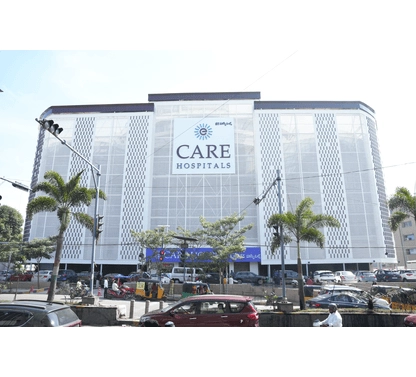
CARE Hospitals, Banjara Hills, Hyderabad
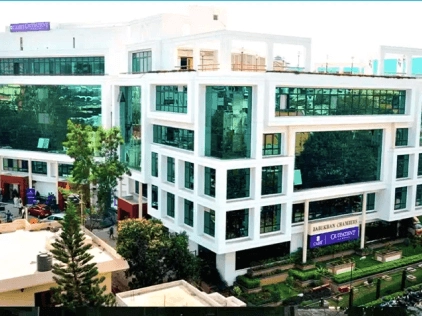
CARE Hospitals Outpatient Centre, Banjara Hills, Hyderabad
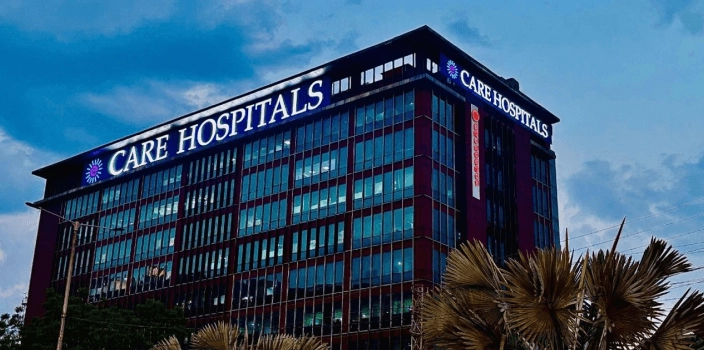
CARE Hospitals, HITEC City, Hyderabad
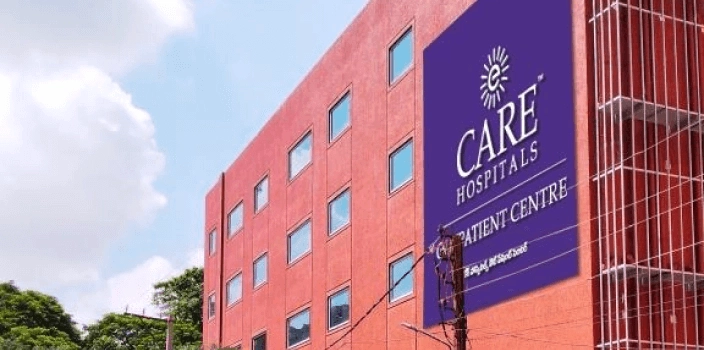
CARE Hospitals Outpatient Centre, HITEC City, Hyderabad
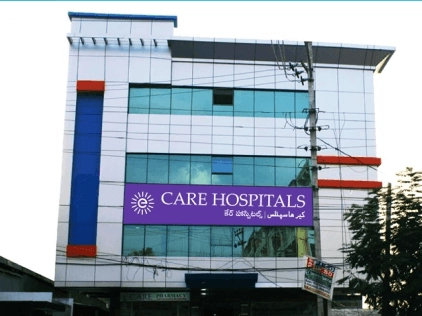
Gurunanak CARE Hospitals, Musheerabad, Hyderabad

CARE Hospitals, Nampally, Hyderabad
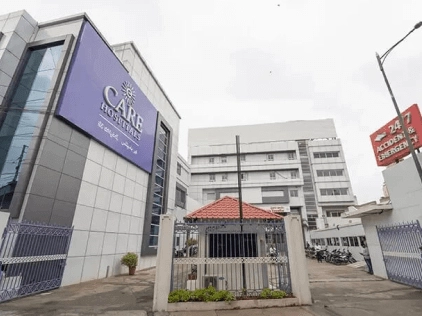
CARE Hospitals, Malakpet, Hyderabad
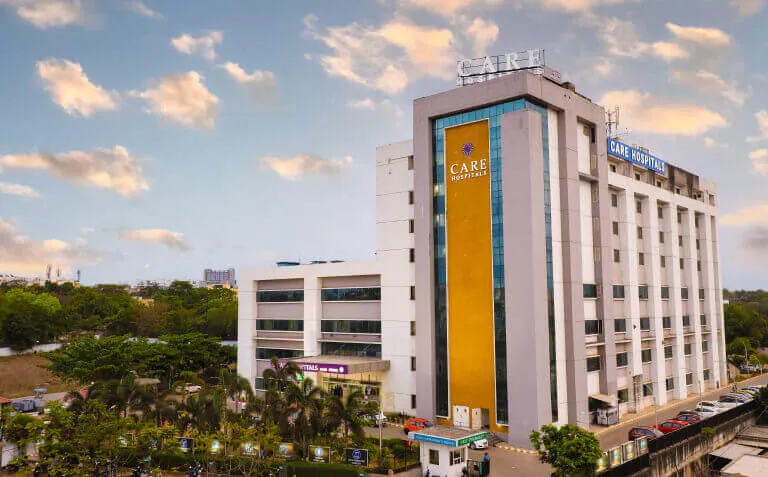
CARE Hospitals, Bhubaneswar
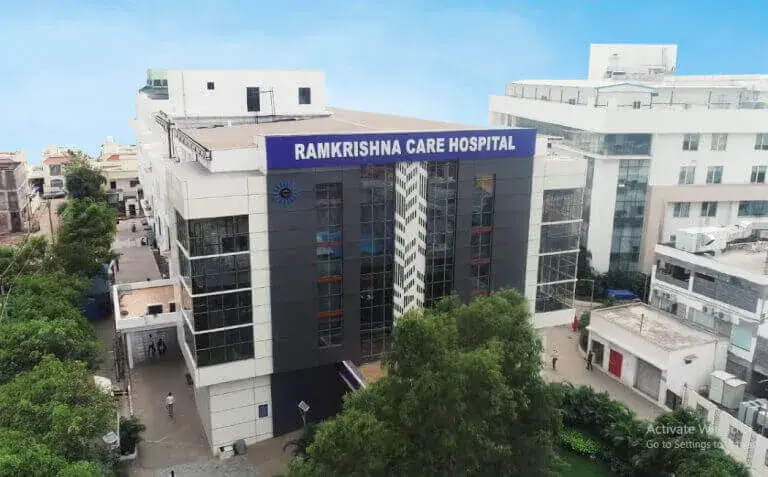
Ramkrishna CARE Hospitals, Raipur
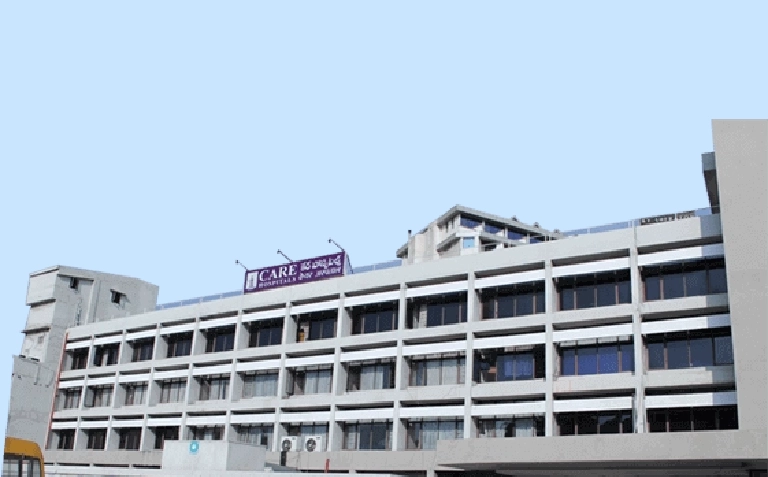
CARE Hospitals, Ramnagar, Visakhapatnam
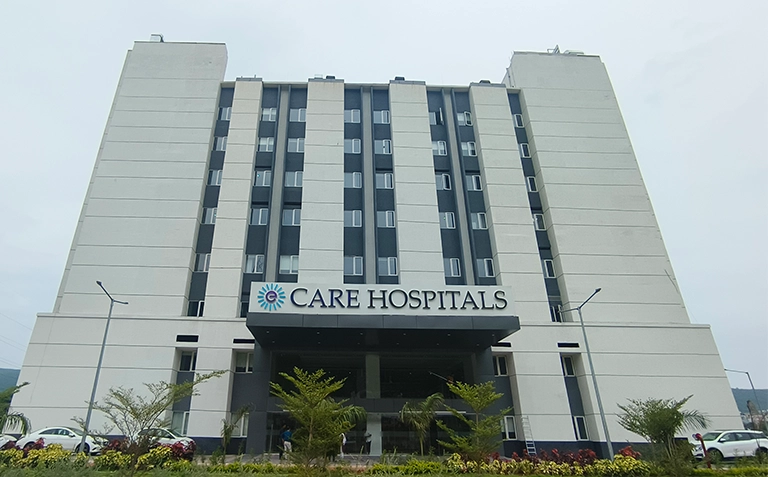
CARE Hospitals, Health City, Arilova
Related Surgeries
- Best Hospitals for Cesarean Delivery in Hyderabad
- Best Hospital for Vaginal Hysterectomy in Hyderabad
- Best Hospital for Tubal Ligation Surgery in Hyderabad
- Best Hospitals for Endometrial Ablation Surgery in Hyderabad
- Best Hospital for Laparoscopic Hysterectomy Surgery in Hyderabad
- Best Hospitals for Oophorectomy in Hyderabad
- Best Hospital for Lower Segment Caesarean Section Surgery in Hyderabad
- Best Hospitals for Tubectomy Surgery in Hyderabad
- Best Hospitals for Total Abdominal Hysterectomy Surgery in Hyderabad
- Best Hospitals for Omentectomy Surgery in Hyderabad
- Best Hospitals for Bilateral Tubal Ligation Surgery in Hyderabad
- Best Hospital for Cervical Cerclage Surgery in Hyderabad
Frequently Asked Questions
This surgery blocks sperm from reaching eggs and stops pregnancy.
The operation takes 30 to 60 minutes. This depends on the specific technique the surgeon decides to use.
Severe complications happen in less than 1 in 1,000 women. The main risks are:
- Infections at the cuts
- Bleeding inside the body
- Injury to nearby organs
- Side effects from anaesthesia
- There is a small chance of ectopic pregnancy if the surgery fails
Most patients get back to their usual routines in about 4 days. Patients who undergo laparoscopic procedures often go home just a few hours after surgery.
Tubectomy is considered a safe and reliable method to achieve permanent contraception. Complications occur when proper medical care is not provided.
Pain after surgery lasts between 4 to 8 hours and can be managed by pain relievers.
The level of complexity depends on the surgical method. Laparoscopic surgeries are less invasive, and patients can leave the same day. On the other hand, laparotomy involves larger cuts and requires staying in the hospital for 1 to 2 days.
See a doctor right away if you feel intense pain, notice a bad-smelling discharge, have unusual bleeding or start fainting.
Anaesthesia plays a crucial role in surgery. Doctors use either general anaesthesia or local anaesthesia with sedation.
After surgery, follow these precautions:
- Do not lift heavy objects for about 1-2 weeks
- Stay away from swimming or taking baths for two weeks
- Don’t drink alcohol or drive for 24 hours
- Wait until you are healed to have sexual activity
Laparoscopic procedures typically require minimal bed rest, with patients resuming normal activities within a week. For mini-laparotomy or standard laparotomy, recovery might extend to several weeks.
Still Have a Question?





























